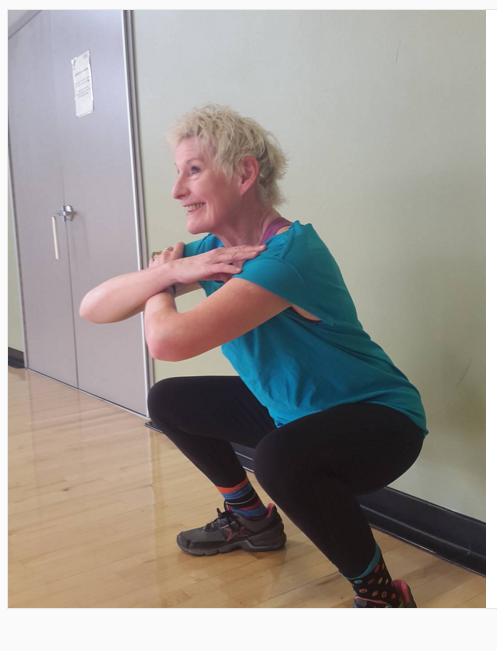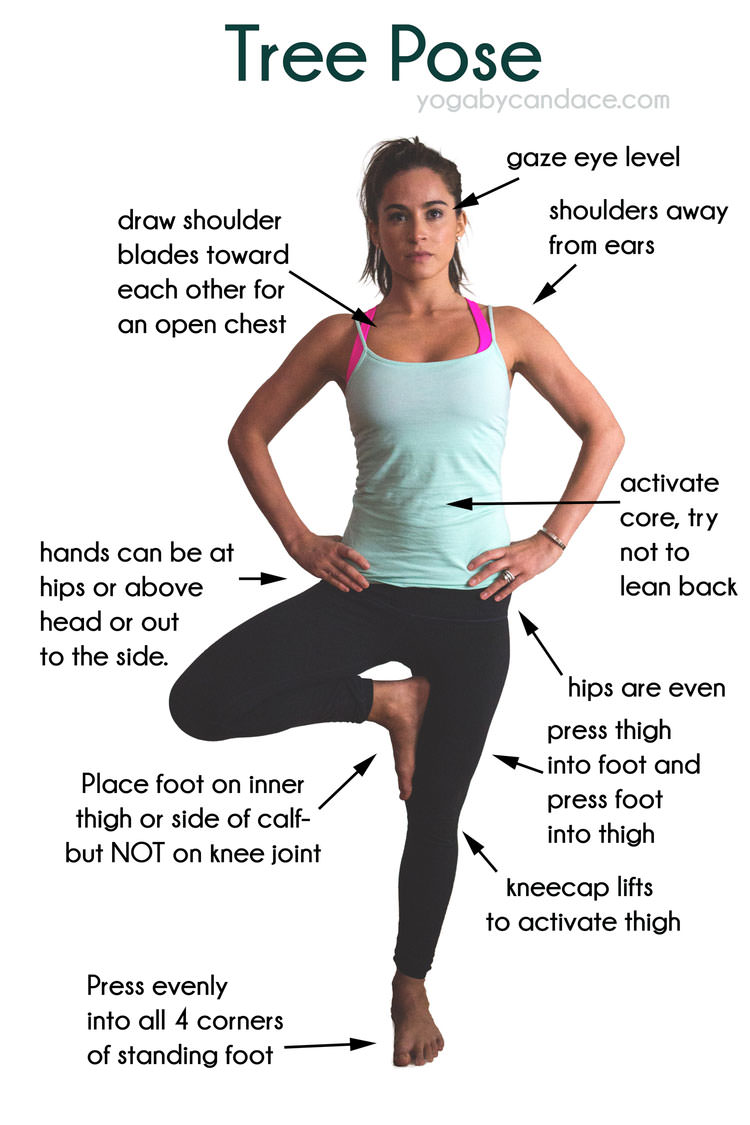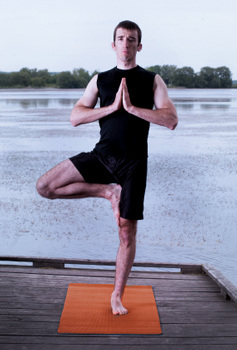
ANYONE CAN DO YOGA!
If you can breath, then you can do yoga.
6 Benefits of Yoga for Seniors
http://www.chopra.com/articles/6-benefits-of-yoga-for-seniors#sm.001wgv05i1drxdd91055ojb6zd830

consciousHealth.net/pranayam-breathing-exercise-conscious-health-nahid-ameen/
Pranayama is a Sanskrit word which literally translates into “extension of the prana or breath”.
- ‘Prana’ means life-force and it is the life-force or vital energy that pervades the body.
- Prana is the link between mind and consciousness.
Pranayama is a part of Yoga system that teaches you the art of extending your breath in many different ways. When practicing pranayama the breath should be skillfully inhaled, exhaled and retained.
It teaches you to change the depth, rate and pattern of breathing.
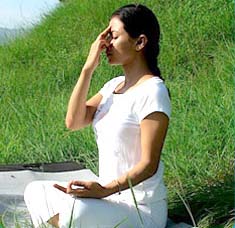
ABSTRACT : https://www.ncbi.nlm.nih.gov/pubmed/25713658
KEYWORDS: elderly; respiratory strength; respiratory volumes; women; yoga;
FULL ARTICLE: https://www.ncbi.nlm.nih.gov/pmc/articles/PMC4332178/
- The sample comprised 36 women randomly divided into two groups of equal size (18 in each group).
The aim of the present study was to analyse the influence of a 12-week (3 month) yoga program on pulmonary volumes and respiratory muscle strength in elderly women.
Before the start of the experiment, all women went to the Studies in Physical Exercise and Health Laboratory (Brasília Catholic University-Brazil) to discard any possible medical counter indication.
Preparatory phase:
5 min relaxing with nasal respiratory exercises and 5 min for a joint warm-up.
During respiratory exercises the participants were sitting and performed the following exercises:
i) Adhama Pranayama (deep breathes with or without air retention);
ii) Kapalabhati (exhaling the air with vigour through the nostrils);
iii) Nadi Sodhana (alternated breathing through the nostrils);
iv) Bastrika (inhaling and exhaling as fast and strong as possible, producing a noise as loud as the sound of a sickle).
Concomitantly with these respiratory exercises, techniques for abdominal muscles were also performed: Udyana Bhanda (contraction of the abdominal region breathing normally or after a forced exhalation) and Jalandhara Bandha (contraction of larynx muscles after an inhalation).
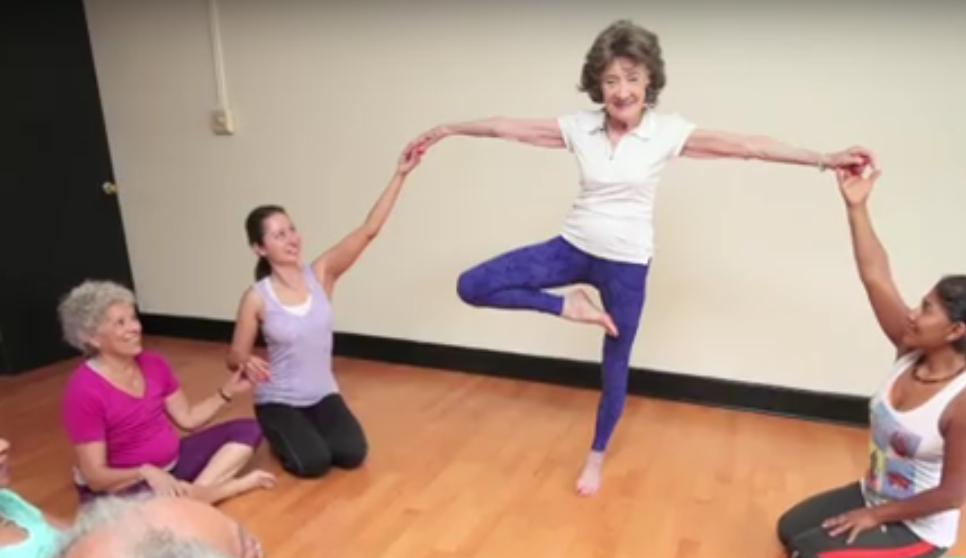
Main phase: 50 min to repeat 15 positions (asanas),
with 15 to 20 s per each repetition.
The positions were as follows:
tree position (vrikasana), triangle position (triconasana), royal ballerina (natarajasana), hands on feet (padahastasana), wheel position (chakrasana), vertebral column torsion (vakrasana), incan position (pashimotanasana), snake position (bhujangasana), turtle position (kurmasana), cat position (katuspadasana), grasshopper position (salabhasana), head on the knees (janusirsharsana), arch position (danurasana), sail (sarvangasana) and the sickle (viparitakarani) (Luby, 1977).
Final phase: 10 min for final induced relaxation, with natural and spontaneous breathing through the nostrils with the individuals in dorsal decubitus and eyes closed.
The effects of a yoga program on pulmonary volumes and respiratory muscle strength were verified in 36 elderly women divided into a yoga group [YG] (63.1 ± 13.3 years of age) and a control group (61.0 ± 6.9 years of age).
Maximal inspiratory and expiratory pressure (MIP and MEP) were assessed by a manovacuometer and tidal volume (VT), vital capacity (VC) and minute ventilation (VE) were measured by a ventilometer.
This study tested the hypothesis that yoga practice can improve respiratory function in the elderly.
- The main finding of this study was that the subjects that were submitted to the yoga program achieved significant changes in their pulmonary volumes and respiratory muscle strength.
- Additionally, the resting heart rate and respiratory rate also decreased significantly after the 12-week program.
The heart rate (HR) was obtained by a Finger-Tip oximeter (NONIN®).
"It was concluded that a 12-week yoga program significantly improves pulmonary function of aged women."

JULY 2016 :
Towson Times: Restoring the mind-body connection
"Towson yoga class helps Parkinson's sufferers restore mind-body connection"
*Yoga for Parkinson's
(Timonium, MD)
http://www.yogaforparkinsons.org/index.php/en/contacts
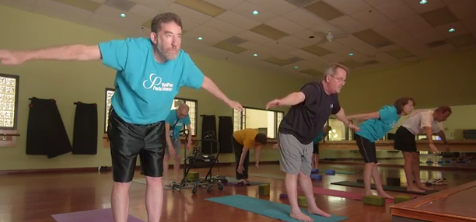
Benefits of Pranayama:
Pranayama techniques are beneficial in treating a range of stress related disorder.
1) Pranayama improves the autonomic functions.
2) It helps relieving the symptoms of asthma.
3) It reduces the signs of oxidative stress in the body.
4) Practicing pranayama everyday can assist in steady mind, strong will power and sound judgement.
5) Number of studies show that pranayama causes change in the cardio respiratory system including lowering of blood pressure
6) Certain pranayama’s are excellent for weight loss.

